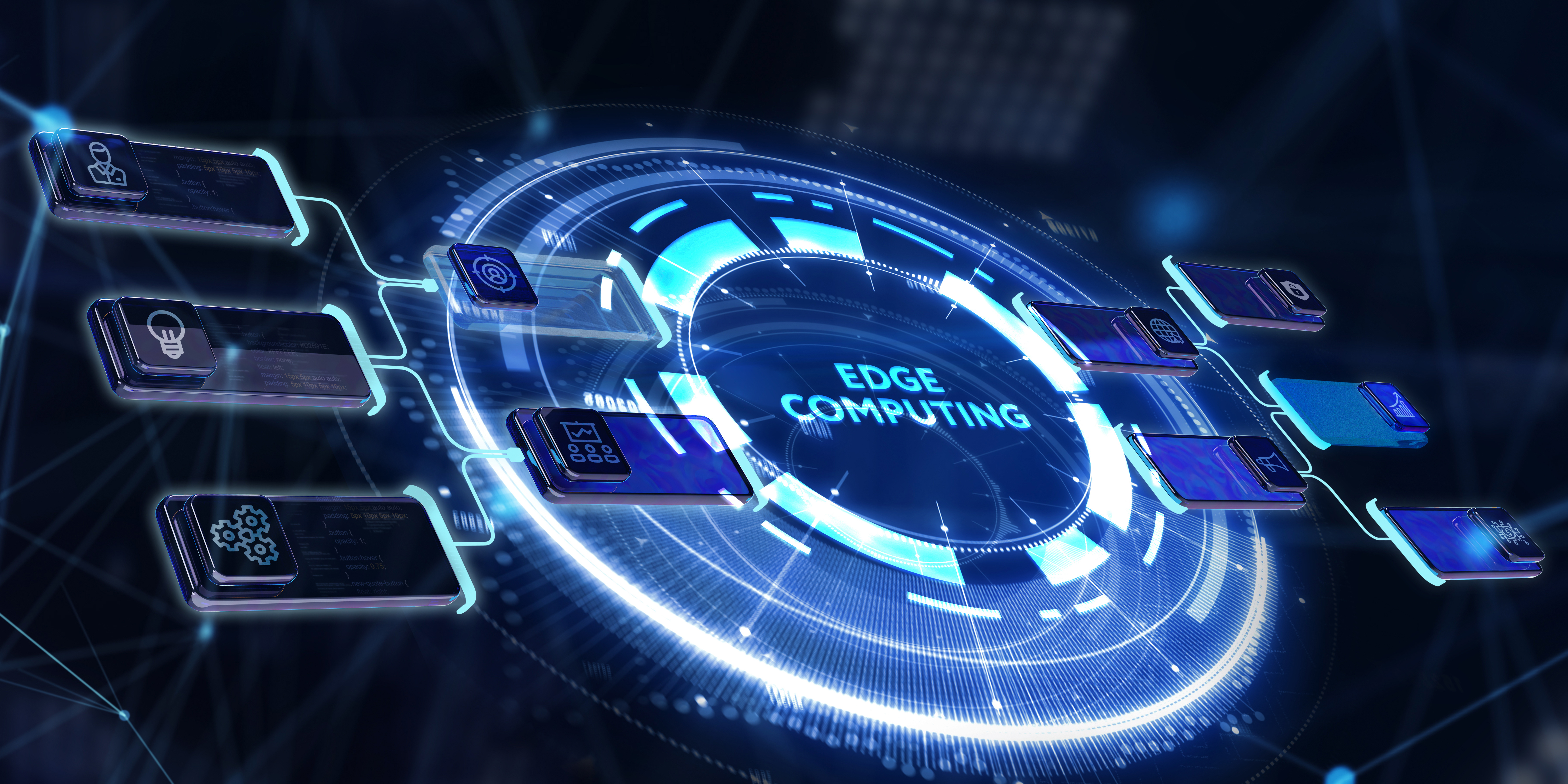Blogs

Self-Learning Series Part 1: Understanding NativeEdge
Fri, 13 Oct 2023 11:52:00 -0000
|Read Time: 0 minutes

Self-Learning Series Part 2: Delivering Zero-Trust Security with NativeEdge
Tue, 17 Oct 2023 13:43:00 -0000
|Read Time: 0 minutes

Self-Learning Series Part 3: Using Automation to Scale and Streamline Operations
Sun, 05 Nov 2023 12:54:00 -0000
|Read Time: 0 minutes

Self-Learning Series Part 4: Explore the Open Design and Platform Architecture
Sun, 19 Nov 2023 14:53:00 -0000
|Read Time: 0 minutes

Improving the Developer Experience on Kubernetes - The Remote Development Operator
Wed, 03 Jul 2024 14:21:32 -0000
|Read Time: 0 minutes

Delivering an AI-Powered Computer Vision Application with NVIDIA DeepStream and Dell NativeEdge
Mon, 20 May 2024 08:37:34 -0000
|Read Time: 0 minutes

Litmus and Dell NativeEdge - A Powerful Duo for Improving Industrial IoT Operations
Wed, 08 May 2024 15:18:51 -0000
|Read Time: 0 minutes

Will AI Replace Software Developers?
Thu, 02 May 2024 09:38:01 -0000
|Read Time: 0 minutes

Unlocking the Power of AI-Assisted DevEdgeOps Automation
Wed, 27 Mar 2024 18:13:00 -0000
|Read Time: 0 minutes

How can Agile Transformation Lead to a One-Team Culture?
Thu, 22 Feb 2024 09:47:46 -0000
|Read Time: 0 minutes

Edge AI Integration in Retail: Revolutionizing Operational Efficiency
Mon, 12 Feb 2024 11:43:11 -0000
|Read Time: 0 minutes

Streaming for Edge Inferencing; Empowering Real-Time AI Applications
Tue, 06 Feb 2024 10:17:30 -0000
|Read Time: 0 minutes

From Bare-Metal Edge Devices to a Full-Blown Kubernetes Cluster
Tue, 02 Jan 2024 09:45:00 -0000
|Read Time: 0 minutes

Dell NativeEdge Speeds Edge Deployments with FIDO Device Onboard (FDO)
Tue, 26 Sep 2023 19:15:00 -0000
|Read Time: 0 minutes

The Evolution of Edge Inferencing with NVIDIA NIM and Dell NativeEdge
Fri, 07 Jun 2024 20:40:35 -0000
|Read Time: 0 minutes

Edge Computing in the Age of AI: An Overview
Wed, 27 Sep 2023 05:19:01 -0000
|Read Time: 0 minutes

Dell NativeEdge Platform Empowers Secure Application Delivery
Tue, 08 Aug 2023 14:31:00 -0000
|Read Time: 0 minutes





